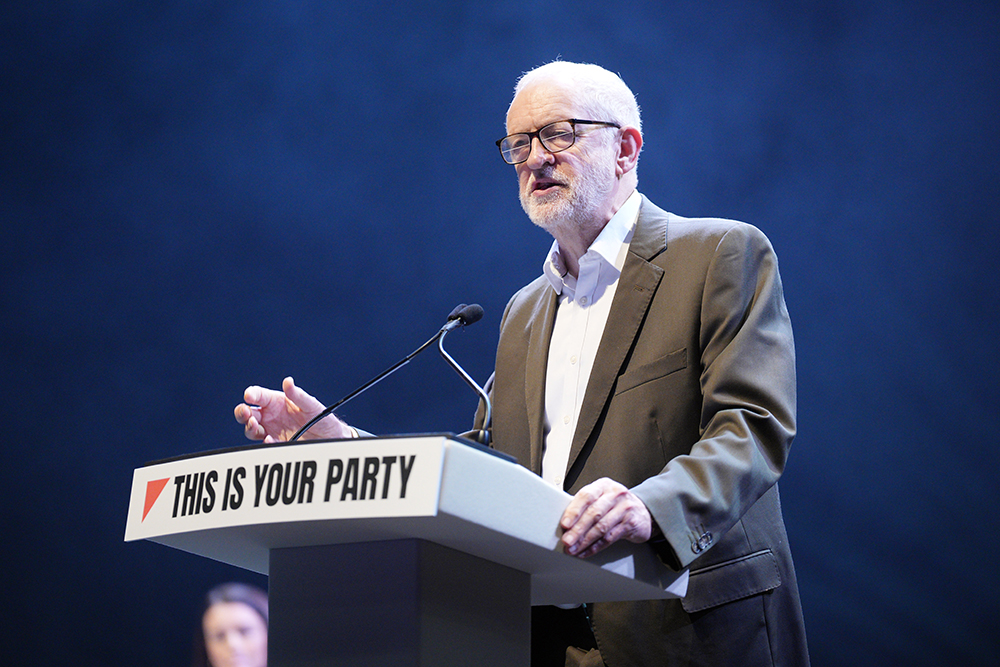
Fenix International occupies the ninth floor of an innocuous office block on London’s Cheapside. The street’s name comes from the Old English for marketplace, and once upon a time Cheapside was just that: London’s biggest meat market with butcher shops lining either side of the road. Today, the street houses financial institutions and corporate HQs.
But Fenix still runs a marketplace. Some may even call it a meat market, albeit one that operates on the phones of hundreds of millions of users worldwide. Its name: OnlyFans.
OnlyFans is best understood not just as a porn site, but as a social media platform with a paywall. Creators – mostly women – post photos, videos and voice notes behind monthly subscriptions. Users pay extra to tip the women, customise content and have one-to-one chats with their favourite models. Not everything on OnlyFans is X-rated, but that’s the content that makes the money.
An entire ecosystem has grown around OnlyFans since it was founded nine years ago by two British brothers, Tim and Thomas Stokely. One ‘e-pimp’ explained that successful models outsource much of their work to offshore call centres to give the illusion of intimacy with customers. Low-paid workers in Venezuela or the Philippines are hired to impersonate creators over text chats, maintaining dozens, even hundreds, of relationships with lonely men.
OnlyFans’ profits are enormous. In 2023, it generated nearly £5 billion in sales – up more than 2,000 per cent in four years. The company paid £127 million in tax last year, £110 million of that in corporation tax. Because Fenix is based in London, the bulk of that cash is flowing straight into the Treasury. For comparison: Britain’s fishing industry – supposedly a red-line issue in Brexit – brings in just £876 million and pays next to nothing in corporation tax, while also receiving £180 million a year in tax concessions.
We don’t think of OnlyFans as a media company (if we think of it at all) and so we ignore what it is in business terms: a staggering success. With more than four million ‘content creators’ and 305 million subscribers, it would easily rank in the top three British publishing companies. It is perhaps the most successful creator-based subscription service ever. Traditional platforms can’t compete – OnlyFans’ revenues are twice that of North America’s Aylo, which operates the world’s biggest porn websites.
Britain’s sex industry brings in far more to the economy than politicians are comfortable admitting
Britain’s sex industry brings in far more to the economy than politicians are comfortable admitting. The Office for National Statistics estimates Britons spend in excess of £6 billion annually on it. It is one of the few British industries which remains a net (digital) exporter.
Indeed, OnlyFans is perhaps the strongest unicorn (a privately held start-up worth more than $1 billion) in the country. It’s more profitable than any other British tech start-up. And it’s doing something our other digital start-ups can’t: exporting to America while keeping tax revenues onshore. Two-thirds of its revenue now comes from the US, proving that even in a global tech economy dominated by Silicon Valley, British firms can still compete.
OnlyFans’ success makes it all the more striking that, according to Reuters, Fenix is in talks to sell. Los Angeles-based Forest Road Company is leading a group of investors in negotiations to buy the business for £6 billion. It’s rumoured that other suitors are vying for attention and that shares may be sold on the stock market. Either way, one of Britain’s few successful exports could soon be gone.
It’s awkward to defend pornography, and so politicians don’t try. Parliament hosts thousands of lobbying events every year – payday lenders, bookies, vape companies, even arms dealers turn up for drinks and canapés. There is no ‘sex tech reception’.
Ministers fall over themselves to visit impressive-looking factories that are in fact barely relevant. For example, Glass Futures, a research and production plant for the glass industry based in St Helens, was recently picked by Keir Starmer as the perfect location for his speech decrying ‘Farage’s fantasy economics’. The plant is a not-for-profit that makes £7 million in annual sales. OnlyFans pays more in tax in a month than Glass Futures earns in a year. But no MP would be caught dead at OnlyFans’ Cheapside HQ, despite, I’m told, many invitations to visit.
Neither has any politician ever defended the porn industry in a debate on innovation, exports or growth. The most recent House of Lords research note on ‘the impact of pornography on society’ contains no mention of the words ‘economy’, ‘tax’ or ‘finance’.
Of course, money isn’t everything. The harms of porn – to women, to relationships, to the minds of teenage boys – are real and considerable. We might well be better off banning the whole thing. But if we are going to wage a moral war on porn, we should at least be honest about what we’re sacrificing. The money is real – and it’s already in the bank of HMRC.








Comments